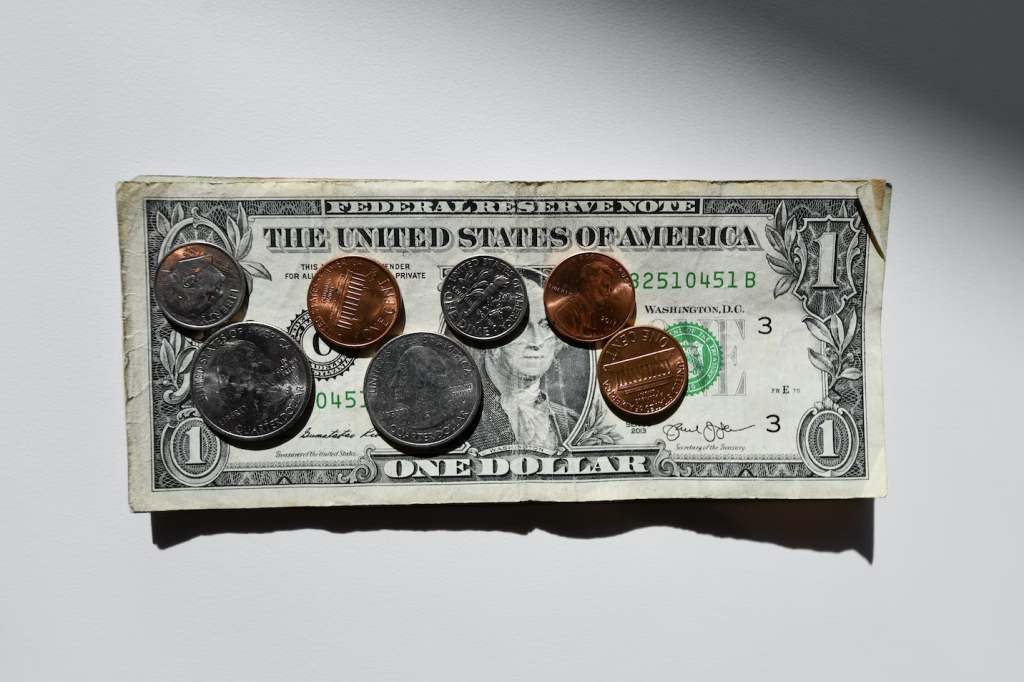Car Loans Are Getting Longer, And Payments Are Getting Higher As More People Struggle To Pay
Americans are having trouble paying off their car loans due to rising costs and lofty interest rates which are at the highest they’ve been in fifteen years.
This article is more than 2 years old

Americans are having trouble paying off their car loans due to rising costs and lofty interest rates. According to new data from Edmunds, loan rates are the highest they’ve been in over 15 years. The average monthly payment on new vehicles is also at an all-time high. As a result, folks find themselves in debt for much longer than they initially anticipated.
Some people are even being priced out of the market entirely. Speaking to CNN Business, Chief Economist at Cox Automotive Jonathan Smoke explained that exorbitant car loan prices are causing sales of new vehicles to stall. “You’re getting a narrower, narrower, and narrower buying pool that can afford to buy new vehicles.”
Vehicle finance, which is measured by an average annual percentage rate, rose from 4.5 percent in early 2022 to seven percent in 2023. The jump is the highest rate for car loans since 2008, resulting in higher monthly payments for new vehicles, which are currently at $730. Payments for used cars are approximately $556 per month.
Additionally, owners of expensive new vehicles pay as much as $1,000 monthly on their car loans. According to CNN Business, these payments comprised approximately five percent of sales in 2019. Four years later, the figure increased by 17 percent. However, buyers with high monthly payments usually have three- or four-year short-term loans.
Interestingly, short-term car loans with higher down payments have grown since 2021. But Edmunds Director of Insights, Ivan Drury, says, “the prohibitive up-front cost means they’re still only a small portion of the market.” It’s also worth noting that $1,000 per month car loans are obtained by buyers who willingly choose longer-term loans with higher interest.
Moreover, rising car prices and the inability to qualify for lower interest rates forced buyers to accept high car loan payments over an extended period. This is the only way to obtain a lower down payment upon purchase. Compared to 2004m when only one percent of loans lasted seven years, they now make up 30 percent of the market.
Only a mere five percent of car loans are paid off in three years or less. According to Smoke, the pressure is most prevalent on lower credit buyers. “Not only are they dealing with the interest rate move and inflation and vehicle prices, but they may also pay a premium because their credit is not as good,” he told CNN Business.
Despite the financial implications of high car loans, the vehicle market is recovering from the supply chain crisis, which peaked after the pandemic. In the first quarter of 2023, new vehicle sales grew by 5.7 percent compared to 2022. But these purchases are being made by higher-income households. It would take median income earners 43 weeks to pay off an average new vehicle.
Consumers with lower credit scores, who qualify for subprime car loans, only made up 15 percent of the market in 2020. Two years later, the figure dropped by five percent, according to data from Cox Automotive. Fortunately, there are a few ways to pay off car loans faster. One is to consider refinancing your current loan to get a lower interest rate and reduce your monthly payments.
Another is to make biweekly payments instead of monthly payments. This can help pay off car loans faster and save on interest, Bank Rate reports. Making extra payments whenever possible is also a great way to reduce debt.




